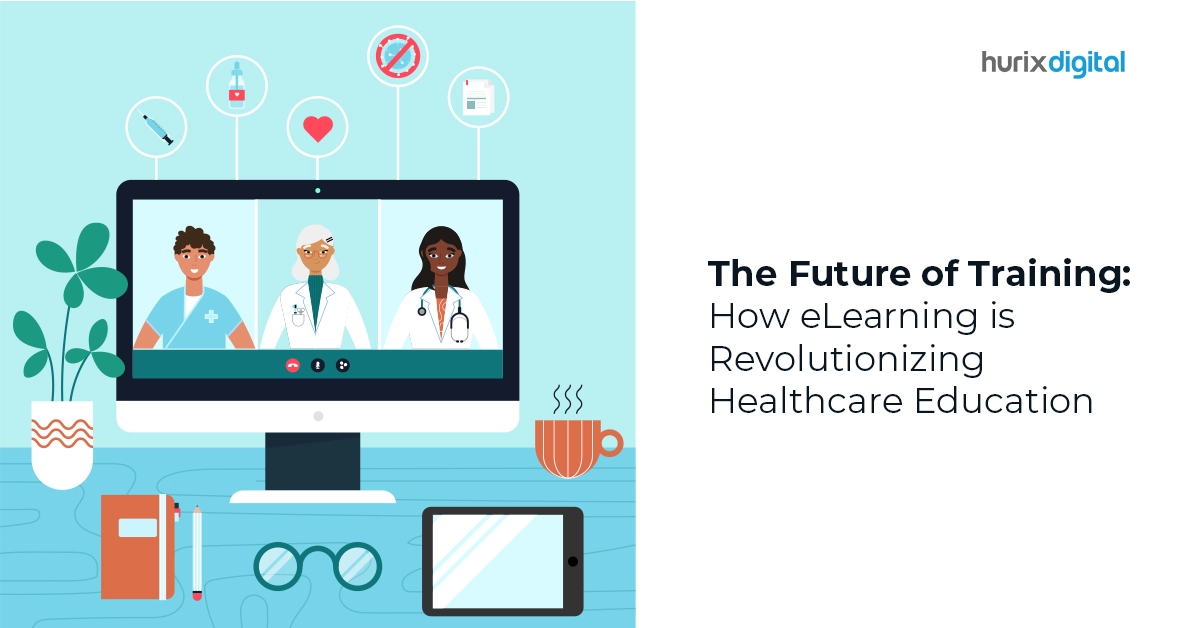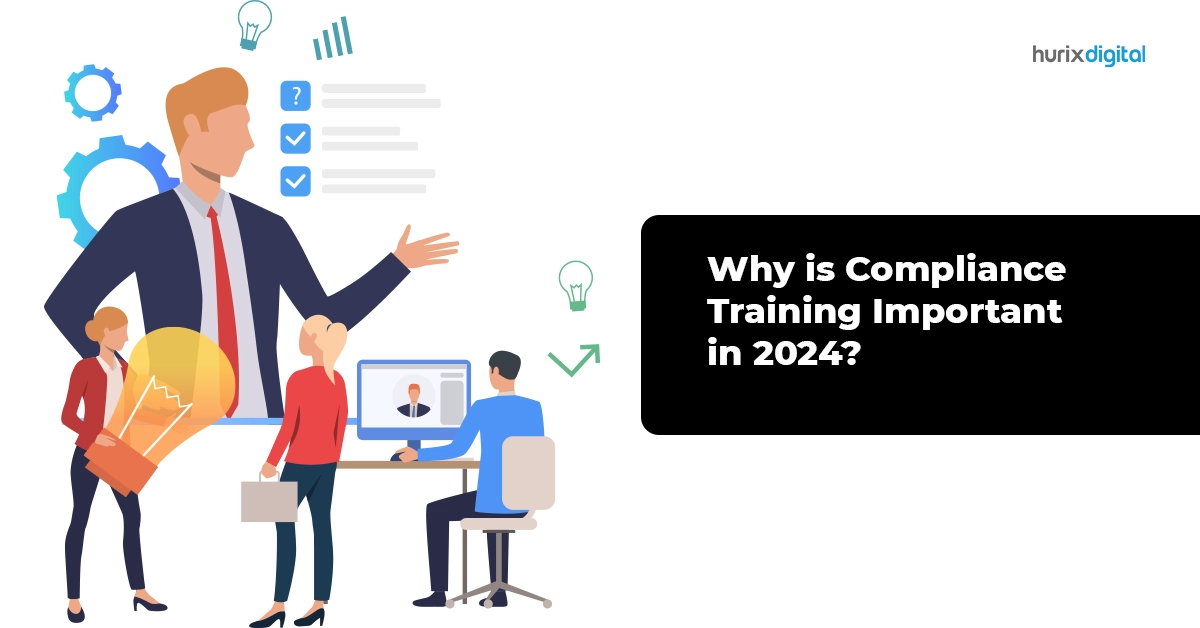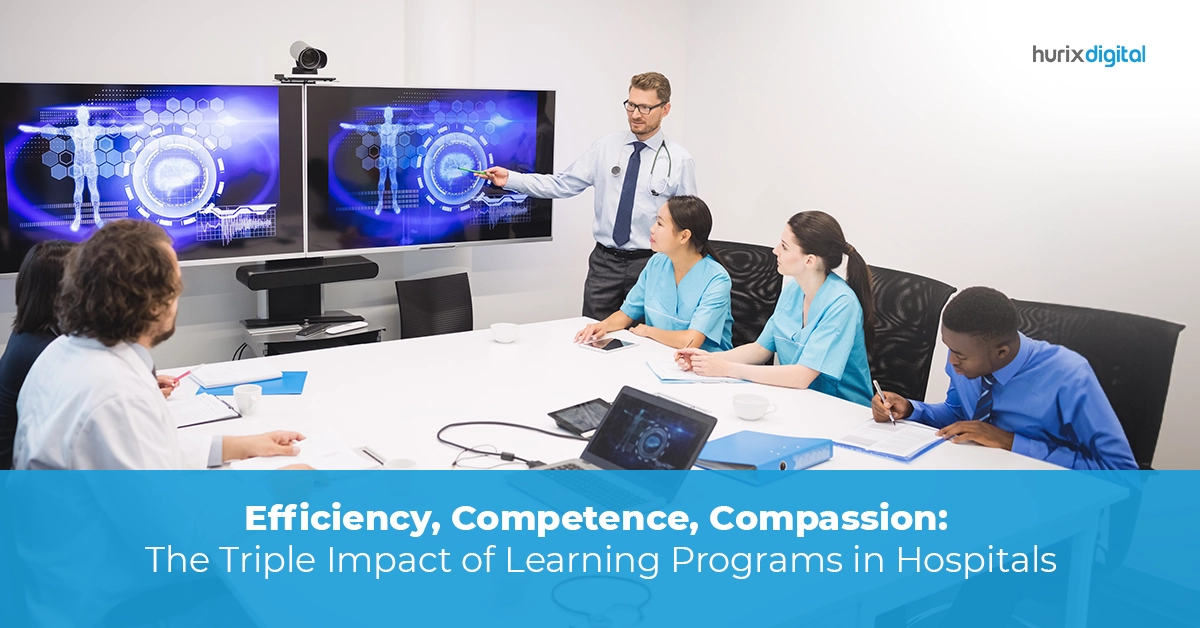eLearning in healthcare is a time-efficient, cost-effective and flexible way to provide training to healthcare practitioners and make learning more accessible. Besides, it also provides added benefits in terms of managing compliance and continuous professional development.
Patients are best helped when healthcare practitioners are up to date with the latest in healthcare information and technology and have easy access to all the information they require on the causes, symptoms and prognoses of the diseases they are treating.
eLearning in healthcare, therefore, provides a time-efficient way for healthcare professionals to stay abreast with the latest developments in the diagnosis and treatment of various illnesses and diseases.
Here are some benefits of eLearning in the healthcare industry.
1. Anytime, Anywhere Learning:
One of the greatest benefits of eLearning is that it provides anytime and anywhere access to training and development course material. This is all the more crucial for healthcare practitioners who have to work both day and night shifts and also need to prioritize patient needs. Some healthcare organizations do prioritize training, allowing staff time to upgrade their knowledge and skills.
But it is generally observed that they have to plan these classroom sessions about six to eight weeks in advance given that healthcare professionals have flexible schedules.
And even with this advance planning, schedules can still go haywire in case some staff have to deal with emergencies. eLearning in health care, thus, provides health care professionals with a means to take the training anytime on their laptops, tablets or smartphones.
2. Cost-effective Form of Learning:
eLearning for healthcare is also more cost-effective. You don’t have to spend on infrastructure, course material and training instructors.
The money saved can be invested to improve patient services. Besides, it also helps to reduce the carbon footprint as the staff don’t have to travel to a specific venue for training
3. More Effective than Traditional Learning:
eLearning courses are designed using a range of multimedia tools such as audio, video, simulations, graphics, text, and worksheets which make learning more effective. There are some people who are sceptical about eLearning because they believe that it takes away the benefits of peer and instructor interaction and discussions.
However, eLearning includes discussion boards for discussions with both external and internal communities. Besides, these courses also embed social media which opens up discussion with a larger community including their peers and seniors and other participants.
4. Ease of Access:
One of the greatest benefits of eLearning in healthcare is that it provides instant access to a whole library of information and a database of healthcare professionals. All they have to do is to log on to the system and with a few clicks of the mouse find the information they are searching for.
They may also connect with other professionals and seek their opinions on following a particular course of treatment. Needless to say, this instant access to information and communication greatly helps to improve the treatment that patients receive. Besides, there could also be a section that serves as a message board which can be used to inform the members about updates, events etc.
5. Ideal for All Learner Types:
eLearning in healthcare is ideal for all learner types. For example, some learners prefer audio while others prefer to read. Given that the eLearning courses are created using a combination of various media types, they appeal to all kinds of learners. Learners can proceed at their own pace, so they don’t have to feel rushed or wait for others to catch up. Here are the benefits of investing in custom eLearning courses for your enterprise.
Some eLearning courses also include simulations and gamification elements, where learners have to complete and master a chapter before they can move on to the next one. Learners thus have greater control over their learning. And since the courses are more interactive, they are also more immersive, interesting and entertaining, thus, ensuring better learning.
It is very important for healthcare professionals to absorb all information and be updated all the time to ensure the best possible care for their patients. Since eLearning is conducive to all types of learners, updating skills and knowledge is no longer a burden, in fact, the challenges, interactions, rewards and discussions keep the interest flowing, motivating the staff to delve deeper into the subject.
6. Immediate Access to Updated Information:
Technology, especially today, is ever-evolving and accordingly knowledge, too, is in a constant state of flux, requiring constant updating. eLearning systems make it possible to keep up and update content in tune with emerging trends.
Given that healthcare practitioners work in shifts and have to prioritize patient care, sometimes it may take several months before healthcare organizations can arrange for training sessions and have all learners under one roof for crucial updates.
eLearning management systems for healthcare are therefore a valuable option for healthcare professionals to access information at the moment when they most need it.
Conclusion:
So, if you are thinking of providing continued education for your healthcare professionals, you may wish to consider an eLearning system. An LMS (learning management system) for eLearning in healthcare is easy to set up and is the ideal platform to provide continued training to your staff and keep them knowledgeable and updated at all times. Here’s more on how to select the right LMS vendor for your goals. Besides, it is also cost-effective and flexible, allowing your learners to learn at their own pace and convenience, on the device of their choice.











